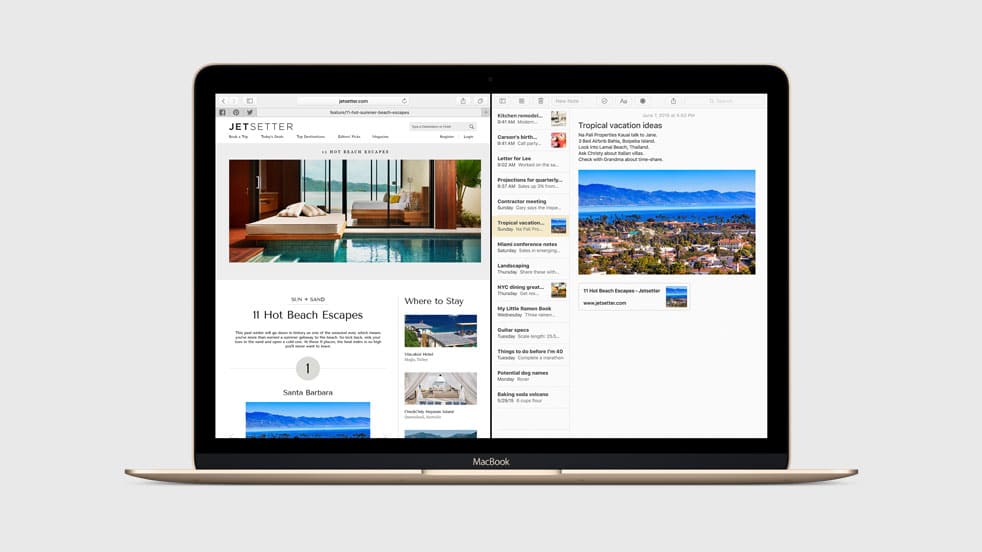

- #TEXSHOP SPLIT VIEW HOW TO#
- #TEXSHOP SPLIT VIEW MAC OS X#
- #TEXSHOP SPLIT VIEW PDF#
- #TEXSHOP SPLIT VIEW CODE#
- #TEXSHOP SPLIT VIEW MAC#
#TEXSHOP SPLIT VIEW MAC#
If for some reason, you are not able to put your Mac in Split View, the following fix should help.
#TEXSHOP SPLIT VIEW PDF#
Now you can see your text with PDF format for preview. If you already have your tex file open it in VScode, and click Tex on left bar > commands > view LaTex PDF.

Or, alternatively, click and hold on it until you see a context menu. Hover your pointer over the (green-colored) full-screen button in the top left corner of a program window.If you are running macOS Catalina or later on your Mac, you can enter Split View and put two apps side-by-side in just three steps. Since pdf is a native file format on OS X, TeXShop uses 'pdftex' and 'pdflatex' rather than 'tex' and 'latex' to typeset in its default configuration these programs in the standard TeX Live distribution of TeX produce pdf output instead of dvi output.
#TEXSHOP SPLIT VIEW HOW TO#
Follow the steps below to learn how to enter, use, and exit Split View on your Mac. About TeXShop: TeXShop is a TeX previewer for Mac OS X, written in Cocoa. In Finder, TeXShop documents will still use the original icon (designed by Jérôme Laurens and later re-constructed by William Adams for its use with retina displays) for associated LaTeX documents.With Split View, you can run a maximum of two apps side by side at a time.
#TEXSHOP SPLIT VIEW MAC OS X#
Version 2.28 was released on 7 November 2009 as part of the TeX Live 2009 release of MacTeX.įor users of Mac OS X 10.2 and 10.3, Release 1.43 remains available (as well as v1.35e and 1.19 for 10.1.5 and earlier).įor users of Mac OS X 10.4 through 10.6, Release 2.47 remains available (10.5 or higher is strongly recommended).Īs of Release 3.39, a new TeXShop dock icon, designed by Thiemo Gamma, has been used. Version 2.26 in universal binary (PPC+x86) was released on 17 March 2009, requiring Mac OS X 10.4.3 or later with Mac OS X 10.5 recommended. You should be able to compile main.tex using TeXShop or latex on the command line. You can then edit the various files (main.tex, chap1.tex, etc) using TeXShop or another editor.
#TEXSHOP SPLIT VIEW CODE#
This technology also allows jumping from preview to code and vice versa without including any special style file,īut is much more reliable than PDF search, especially for documents that include mathematical formulae. Download this file to your Mac, and unzip its contents into a directory where you'd like to begin working on your thesis. Starting with version 2.18, TeXShop also has included support for SyncTeX. The MacOS "Tiger" version of TeXShop is capable of jumping from preview to code and vice versa without pdfsync.sty, using the PDF search technology built into Tiger. There is a support forum, which is administered by the German project. From TeXShop 1.35 onward this also works with multipart documents, which are joined by "\include".Īlso, with version 1.35 TeXShop was extended with XeTeX support. In fact, TeXShop makes it possible, thanks first to "pdfsync.sty", to switch back and forth between code and preview easily, jumping at a corresponding spot, simply by a CMD-click. The program (then version 1.19) won the 2002 Apple Design Award of Best Mac Open Source Port for its capability to display scientific and technical documents created in TeX format. TeXShop requires an existing TeX installation and is currently bundled with the MacTeX distribution. Lacking the TeX eq → eps Service which TeXview afforded, other apps such as LaTeXiT.app were developed to provide Service support.

Mitsuhiro Shishikura added a Macro editor, a magnifying glass for the preview window, and the ability to transfer mathematical expressions directly into Keynote presentations. With this selected and with -synctex1 in your LaTeX call, you can Shift-click in the preview window and jump directly to the corresponding source text in. It was modeled on NeXTstep's bundled TeXview.app and developed for the then new macOS user interface Aqua and capitalized on the native PDF support of that version of the Macintosh operating system, which was itself based on NeXTSTEP's successor OPENSTEP. TeXShop was developed by American mathematician Richard Koch.


 0 kommentar(er)
0 kommentar(er)
